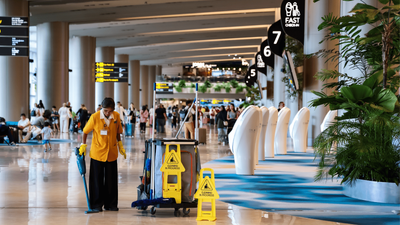For subscribers only
Subscribe now to read this post and also gain access to Jom’s full library of content.
Subscribe now Already have a paid account? Sign in
How has Singapore’s public housing model evolved since independence? In analysing the roots of this model and examining the factors contributing to the current public housing crisis, this essay argues that a revision of the original Housing and Development Board programme is vital moving forward.
Subscribe now to read this post and also gain access to Jom’s full library of content.
Subscribe now Already have a paid account? Sign in
Amid the fusillade of dings, buzzes and pings; and the quick dopamine hits fed to us by social media, reading has almost become a rebellion against technology and biology. This is an invitation to rediscover its joys.

At a time of unprecedented food production, even one person going hungry in one of the world’s richest nations is a travesty.

With vast social, technological and economic changes afoot, Singapore must slay one of its sacred cows to keep up.

The reaction to Chia Boon Teck’s LinkedIn post was a reminder of how far we’ve come with gender equality, and how much further we have to go.

The Women’s Charter 1961 can be further improved, a lawyer argues, by awarding spousal maintenance based on fairness and not gender; and by using a gender neutral name for the Charter. But, contrary to popular belief, the maintenance provision to wives has evolved and is fair and relevant today.
Please click on the link sent to your e-mail to login to your account.